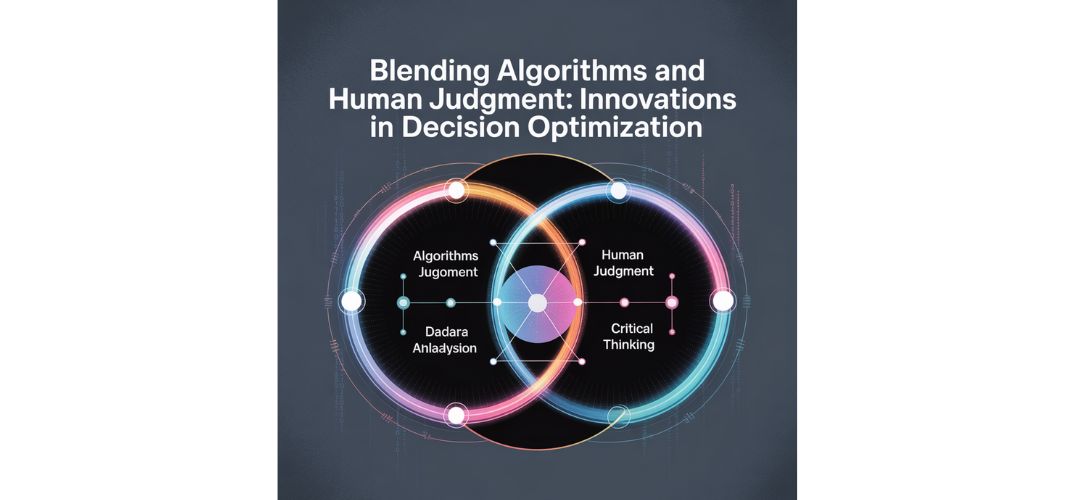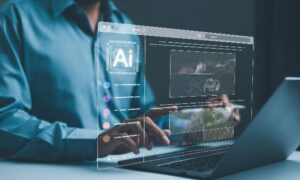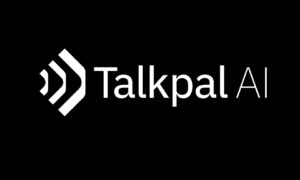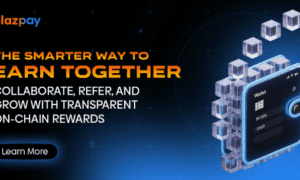In an era dominated by data-driven decision-making, the interplay between advanced algorithms and human insight is reshaping how organizations optimize their operations. This article, inspired by the research of Vinod Cheriyan, explores cutting-edge innovations in integrating computational precision with contextual expertise to improve decision quality across industries. He highlights how this hybrid approach offers practical solutions beyond the theoretical limits of pure algorithms.
The Synergy of Algorithms and Human Expertise
The evolution of decision-making frameworks has shifted from relying solely on algorithms or intuition toward a complementary partnership known as “augmented optimization.” Here, operations research (OR) models establish optimized baselines by processing structured data and running sophisticated mathematical methods, such as linear and integer programming. However, these models often fall short in accounting for contextual subtleties and tacit knowledge that humans naturally provide. Empirical evidence shows that organizations combining algorithmic recommendations with human judgment achieve significantly higher implementation success and operational efficiency compared to those relying on either method alone.
Bridging the Optimization-Implementation Gap
Despite the mathematical elegance of OR models, real-world implementation frequently reveals a gap where purely computational solutions underperform. This occurs because algorithms lack the ability to incorporate qualitative factors like market dynamics, organizational culture, and emerging trends. The research underscores that a majority of implementation failures result not from algorithm flaws but from ignoring these contextual elements. By integrating human expertise early in problem formulation, solution evaluation, and final implementation, decision-making frameworks become more adaptive and effective.
Industry Applications Demonstrating Hybrid Innovation
Various sectors showcase the practical benefits of blending algorithmic precision with human oversight. In supply chain management, machine learning algorithms reduce inventory excess and stockouts, but market volatility requires experienced managers to adjust recommendations dynamically, especially during disruptions. Workforce scheduling benefits similarly; automated systems generate efficient schedules, yet human modifications addressing preferences and fairness significantly enhance employee satisfaction and reduce absenteeism. The fashion industry illustrates another dimension where algorithms forecast demand with high accuracy for staples, while human experts guide trend-sensitive decisions, improving gross margins through collaborative planning.
Advanced Integration Methodologies
Successful hybrid systems rely on advanced integration methodologies that enable continuous learning and improvement. Feedback loops systematically incorporate human insights into model refinement, enhancing prediction accuracy over time. Decision support interfaces using progressive disclosure and uncertainty visualization improve judgment quality and speed. Governance structures with clear override protocols and documentation promote accountability and reduce failures. These frameworks balance decision rights between hierarchical authority and domain expertise, ensuring efficient exception resolution and ongoing organizational learning.
Measuring the Value of Human-Algorithm Collaboration
Quantifying success in hybrid decision systems requires more than traditional efficiency metrics. Innovative evaluation frameworks incorporate process velocity, forecast accuracy during disruptions, resource utilization, and user adoption rates. Qualitative measures such as stakeholder satisfaction, implementation feasibility, and organizational alignment provide essential insights into decision quality. Studies reveal that organizations employing balanced quantitative-qualitative assessments experience higher completion rates of optimization initiatives and stronger employee engagement, highlighting the multifaceted benefits of integrated decision-making approaches.
Preparing for the Future: Emerging Technologies and Research
Looking ahead, emerging technologies promise to deepen the integration of human judgment with algorithmic decision-making. Explainable AI enhances trust and adoption by making recommendations more transparent. Natural language interfaces reduce training barriers, enabling more intuitive human-machine interaction. Augmented intelligence systems proactively identify cognitive biases and suggest refinements, improving consistency. Edge computing facilitates real-time optimizations, and federated learning enables privacy-conscious data sharing across organizations. Research is advancing in cognitive augmentation, trust calibration, organizational structures for hybrid systems, and ethical governance, setting the stage for more adaptive, resilient, and value-driven decision ecosystems.
In conclusion, the future of decision optimization lies in leveraging the distinct strengths of both algorithms and human expertise through structured collaboration. This approach not only improves operational outcomes but also fosters organizational learning that transforms individual decisions into institutional knowledge. As technologies evolve, the most successful organizations will be those that craft decision ecosystems where computational efficiency and human adaptability complement each other seamlessly. Vinod Cheriyan’s research emphasizes that embracing this integrated paradigm is essential to meet the demands of increasingly complex and dynamic business environments.



































